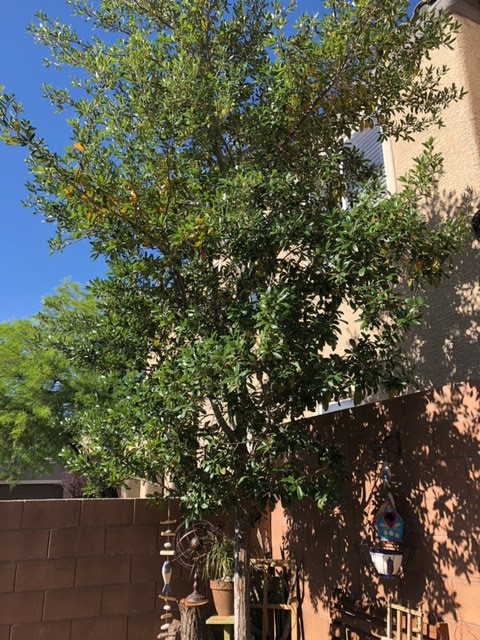Q. Preparing to reseed a few bad spots in my lawn. I was surprised to find the ground completely infested with a spidery web of roots. The soil itself seems to have been changed to a fluffy, powdery texture. I’m thinking I should remove and replace the soil before seeding these spots but am concerned these crazy roots will grow back. Any ideas as to what they are and what I should do about them?
When Bermudagrass has a chance to grow rampant it can produce a thick mat of roots, similar to a spiderweb, that can cause the soil to be "fluffy" or "puffy".
A. I am guessing this "fluffy soil" you're talking about may be the Bermudagrass rhizomes mixed with soil. That's what your picture looks like. To repair it requires removing all these rhizomes all the way down to solid bare soil. Once you have done that, the soil should be about at the right height for seeding. I don't think the soil will be lower than it needs to be. Since you are right next to a sidewalk, the soil should not be more than about 3/8 inch lower than the sidewalk. If it's lower than this, you can add some soil to the area but I kind of doubt you will need to.
What bothers me, and I'm right it is Bermudagrass, is why it's there in the first place. Bermudagrass invades spots in the lawn that are drier than other areas. It out competes fescue where its dry. Sidewalks and driveways are hotter than other areas, so the lawn uses more water in these areas. Adjust your lawn sprinklers so this area gets more water. You may have to water the entire lawn more often or with more water just to compensate for this dry area unless you fix the irrigation problem.
Bermudagrass is even more aggressive if the lawn is mown short. Make sure the lawn is mown as high as possible during the months of April through October when Bermudagrass is most aggressive and no bevel cuts when you edge the lawn!
.JPG)
.JPG)
.JPG)


.jpg)

.JPG)
.JPG)
.jpg)

.JPG)







.JPG)
.JPG)






.JPG)
.JPG)




.JPG)